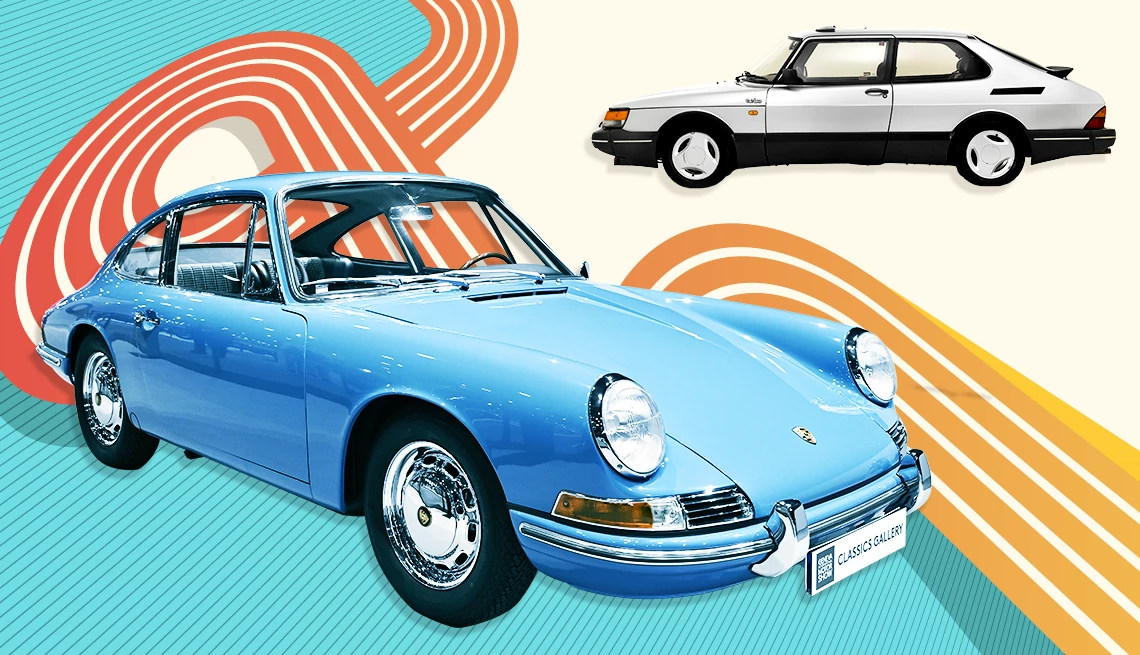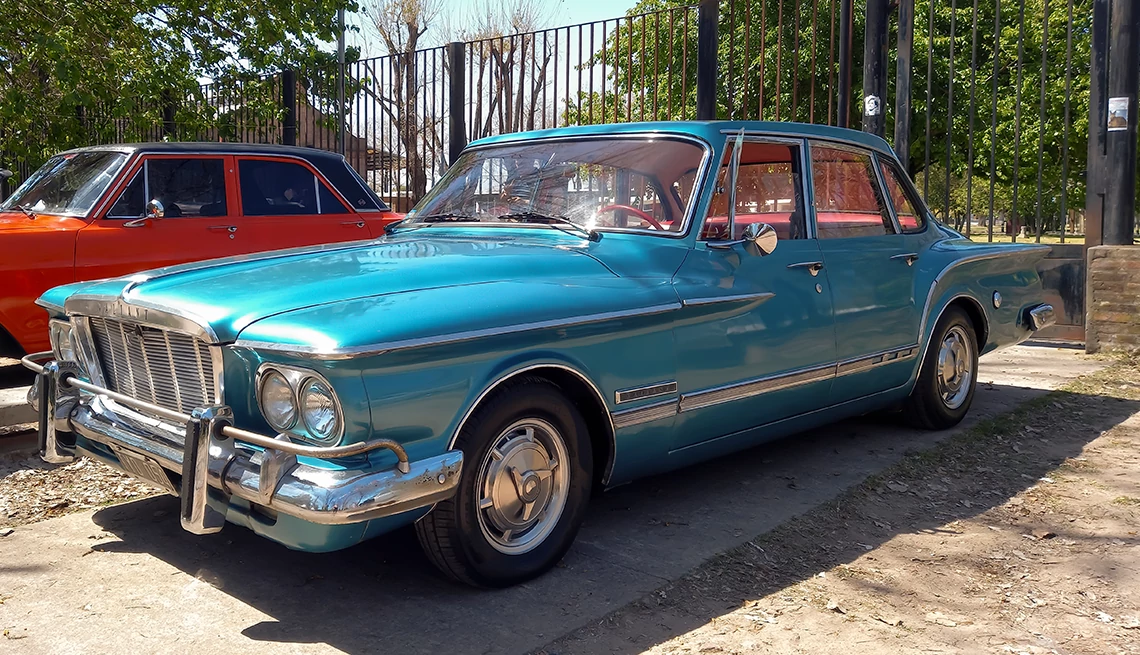AARP Hearing Center


For many of us, our first love had steel curves and a throaty howl when you stepped on the accelerator. Whether it was a 1967 Corvette or a 1980 Fiesta, you’ll never forget that first teenage crush. Now, the car you fantasized about is considered a classic, and you may have the means to buy it. But the price for recapturing your youth could be higher than you expect, unless you pick a reliable model.
What makes a car a classic?
Generally, insurers and car clubs consider vehicles that are more that 25 years old as “classic,” which also covers much older vintage and antique cars (think ’55 Chevys and Ford Model Ts from 1908).
That broad definition means there is a broad price range too — encompassing cars from a $115,000 1980 Ferrari 308 GTS Quattrovalvole (like Tom Selleck drove in Magnum P.I.) to a $15,000 Chevrolet Vega. But no matter what the technical definition or price is, classic cars are like beauty: Ultimately, it’s in the eye of the beholder.
“It’s what people remember in the flower of youth when they have a great deal of imagination,” says Leslie Kendall, chief historian for the Petersen Automotive Museum in Los Angeles.
Here are five classics considered reliable enough to drive every day, along with tips from experts on how to choose a classic cool car that’s not a clunker.
The models that classic car fans consistently rate as reliable:
- Volkswagen Beetle, introduced in 1938
- Plymouth Valiant, introduced in 1960
- Porsche 911, introduced in 1963
- Saab 900, introduced 1978
- Mazda MX-5 Miata, introduced in 1989
Several of these models, such as the Mazda Miata, have legions of ardent fans.
“It’s the opposite of a money pit,” says Jim Motavalli, an auto enthusiast and longtime contributor to The New York Times automotive section, of his 1999 Miata. “I put gas in it, and that’s it.”
The one caveat, according to Motavalli, is to avoid models with rust because any subsequent mechanical fixes won’t be worth the cost.
Motavalli met one classic car owner, for example, who had put $4,000 into a rebuilt engine for her convertible, but the car was rusting out. “I wouldn’t give her $40 for it.”


































































More From AARP
Tips to Find the Best Car for You
From making sure the screen text is large enough to having power seats, here’s what older drivers should look for
4 EV-Friendly Road Trips for Summer
These byways offer ample charging stations to keep range anxiety at bay
AARP Smart Guide to Cleaning Your Car
45 tips to properly clean your vehicle — inside and out — like a proRecommended for You